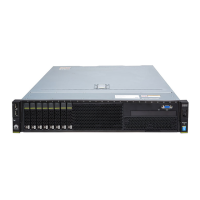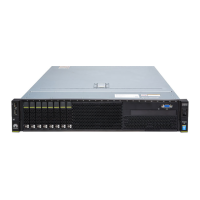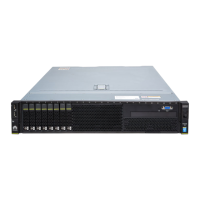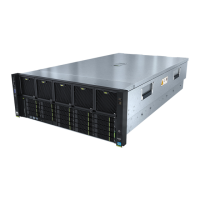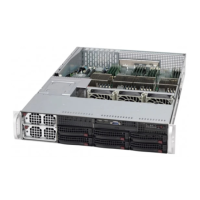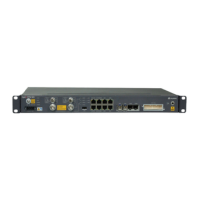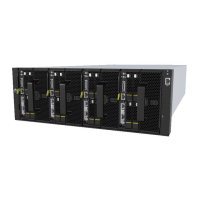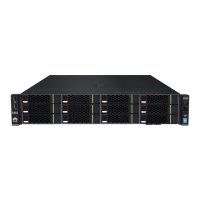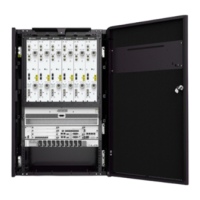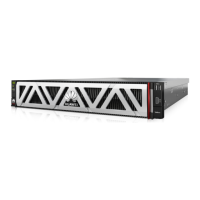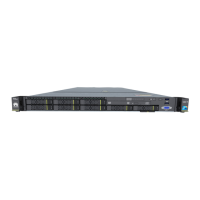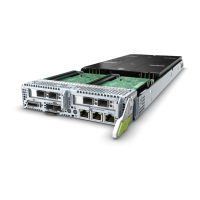The FusionPar technology has the following features:
● Easy switching: You can implement one-click switching between the operating
modes of the RH8100 V3 using the iBMC WebUI, without altering hardware
components or upgrading any software.
● Unied UI for management: iBMC provides a unied UI for management
when the RH8100 V3 operates in single-system mode.
● Symmetrical distribution of service resources: When the RH8100 V3 operates
in dual-system mode, its service resources are symmetrically distributed in the
two partitions.
● Internal integrated GE ports: When the RH8100 V3 operates in dual-system
mode, you can use the internal integrated GE ports for communication
between the two partitions.
● Joint control over platform resources: When the RH8100 V3 operates in dual-
system mode, fan modules and PSUs can be globally shared between and
jointly controlled by the two partitions to maximize overall performance.
● DVD drive and LCD sharing:
– When the RH8100 V3 operates in dual-system mode, the two partitions
share the LCD and DVD drive, which facilitates local maintenance and
one-click switching between the operating modes using the iBMC WebUI
or LCD.
– Easy switching: You can implement one-click switching of the LCD and
DVD drive between the two partitions using the iBMC WebUI or LCD.
The RH8100 V3 operates in single-system mode by default. You can switch the
RH8100 V3 to the dual-system mode using the FusionPar technology. In dual-
system mode, all in-band resources, including CPUs, DIMMs, Peripheral
Component Interconnect Express (PCIe) cards, hard disks, and NICs, are
symmetrically distributed in the two partitions. For details about how to switch
between the single-system mode and the dual-system mode, see 7.7 (Optional)
Conguring Hard Partitioning.
2.9 Software and Hardware Compatibility
This topic describes the software and hardware that are compatible with the
RH8100 V3.
Table 2-33 lists the operating systems (OSs) supported by the RH8100 V3, and
Table 2-34 lists the hardware supported by the RH8100 V3. Table 2-35 lists the
operating systems (OSs) supported by non-volatile memory express (NVMe)
Peripheral Component Interconnect Express (PCIe) solid-state drives (SSDs).
For details about software and hardware compatibility, see the Intelligent
Computing Compatibility Checker.
RH8100 V3 Server
User Guide 2 About the RH8100 V3
Issue 30 (2019-12-19) Copyright © Huawei Technologies Co., Ltd. 70
